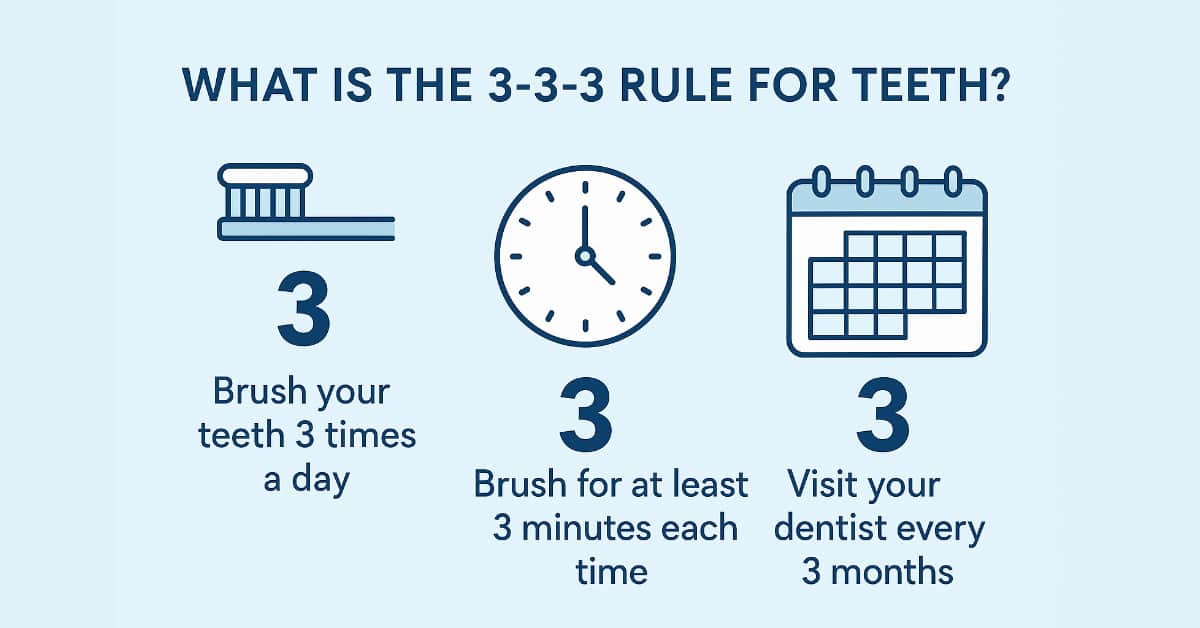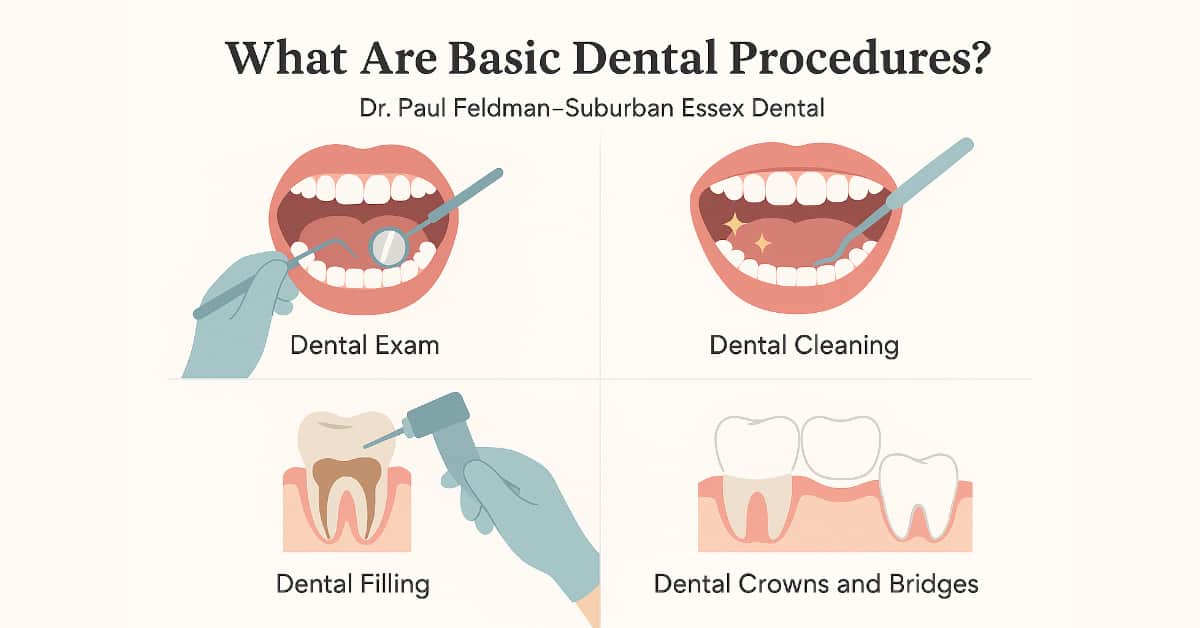What Are the 3 Types of Malocclusion? A Guide
Your teeth play a significant role in how people perceive you as an individual. As a result, those with less than perfect teeth may smile less or cover up their smiles. This can also affect their confidence and outlook.
Discolored or chipped teeth can also create a negative perception of a person. The same is true for misaligned teeth, also known as malocclusion. It’s a condition that affects over half of the world’s population.
Are you one of them? If so, you can learn more about it in this article. It provides the answer to the question What are the 3 types of malocclusion? and much more. Read on to find out what you can do to start smiling with confidence again.
What Are the 3 Types of Malocclusion?
Malocclusion is one of the most common dental problems. It occurs when both your lower and upper teeth don’t align properly when you close your mouth. This can affect the way you move your mouth including how you eat and speak. There are three types or classes of malocclusion.
What is a Class 1 Malocclusion?
This is usually the most common type. The upper teeth and jaw overlap the lower teeth and jaw. You may have a normal bite, but the spaces between your teeth may be too large. There may also be overcrowding of teeth.
What is a Class 2 Malocclusion
You may receive this diagnosis if you have a severe overbite. The overlap of your upper teeth and jaw over your lower teeth and jaw is significant.
This often occurs if your lower jaw is smaller than usual. It’s also referred to as retrognathism or retrognathia.
What is a Class Three Malocclusion?
This is the opposite of Class 2 and occurs when your lower teeth and jaw overlap your upper teeth and jaw. It’s referred to as an underbite.
This is usually a result of a large lower jaw. Because the lower jaw protrudes forward, it’s known as prognathism.
What Causes Malocclusion of the Teeth?
Malocclusion is usually an inherited trait. However, there can be other reasons for a misaligned bite. These include:
- Using a bottle or pacifier beyond a certain age
- Losing baby or adult teeth early
- Thrusting of the tongue
- Ill-fitting dental restorations
- Thumb sucking
- Gingivitis or gum disease
- Jaw or mouth tumors
Trauma or undue pressure on the gums and teeth can also cause misalignment.
Preventing Malocclusion
The cause of the malocclusion may determine if it is preventable. Of course, if the condition is hereditary, it isn’t. Early detection is important for prevention and treatment.
Regular dental visits can help. Your dentist will usually ask about habits that can result in malocclusion.
Dental x-rays will also show any jaw or teeth abnormalities. If your dentist finds any, they can refer you to an orthodontist.
Your dentist can also adjust ill-fitting dental restorations. They will guide you on proper dental care which can help prevent gum disease.
Smiling with Confidence
What are the 3 types of malocclusion? Now you know the answer. If you think you may suffer from one of them, you should let your dentist know. They can refer you to an orthodontist who can guide you further.
You’ll be one step closer to smiling with confidence. Regular dental checkups can also ensure good dental health. Your dentist can detect issues before they become major problems. It helps if you have a dentist you’re comfortable with and can trust.
Suburban Essex Dental can help keep your smile healthy and bright. We have an experienced dental team ready to help you. Contact us today to start your stress-free dental care.





